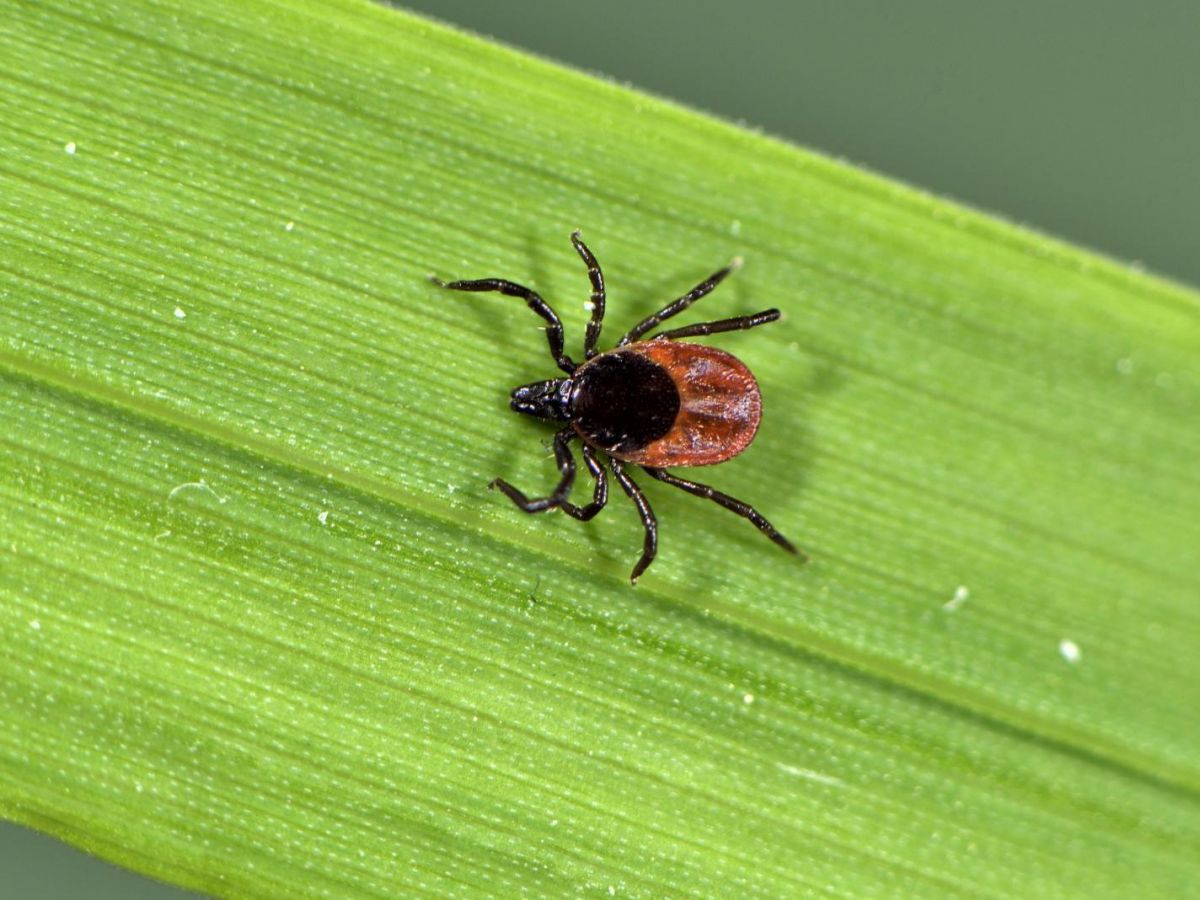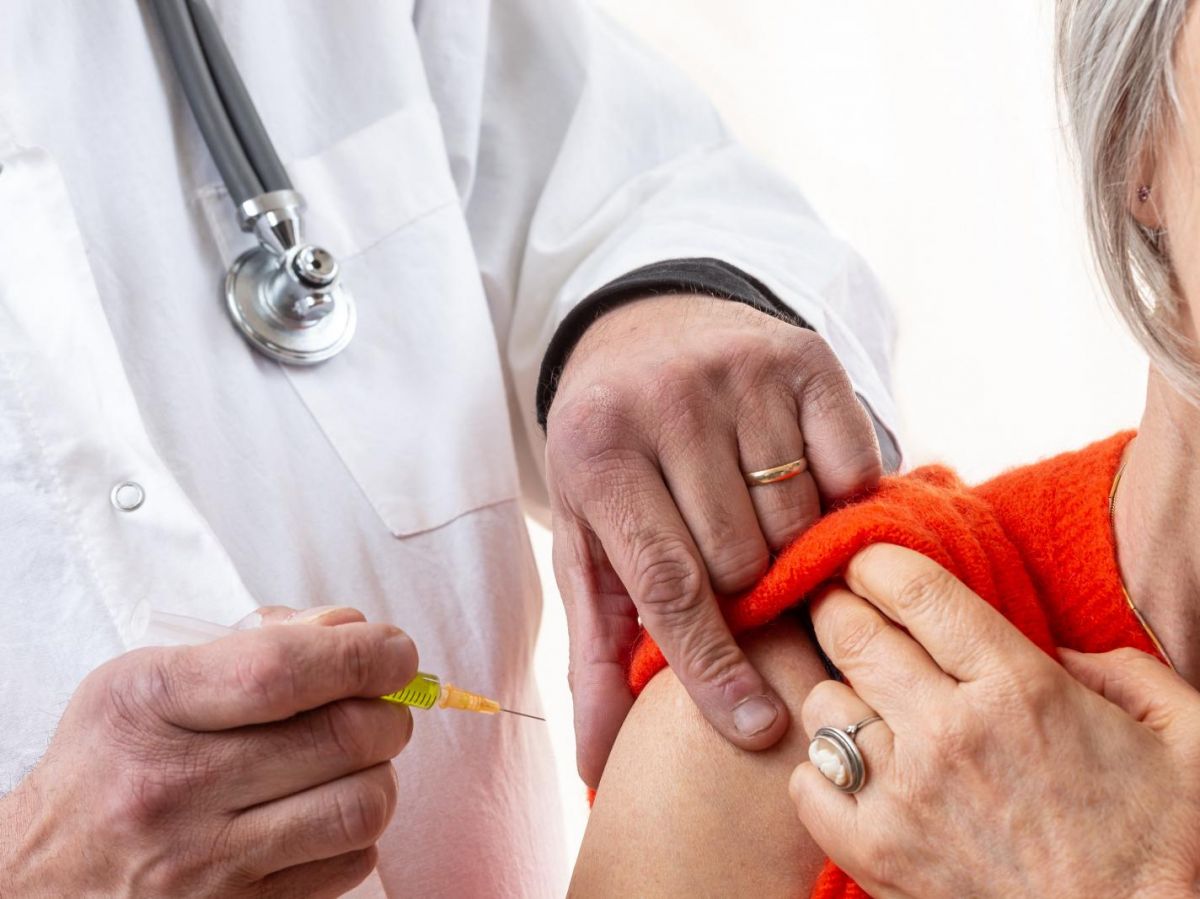Fever, stiff neck, headache: these are the symptoms a nine-year-old boy experienced a week after returning from a camping holiday in northern Ontario, Canada. Admitted to an Ottawa hospital, doctors ran extensive tests to identify the illness he was suffering from, including Epstein-Barr virus (a member of the herpes virus family), the bacterial meningitis or even the Lyme diseaseIt took several weeks for the final diagnosis to be made: the child was suffering from the Powassan virus.
Based on this medical case, Dr. Zachary Blatman, a pediatrician at the Children's Hospital of Eastern Ontario in Ottawa, and his colleagues, warn in a study published in the CMAJ (Canadian Medical Association Journal): cases of Powassan virus infection have been increasing in Canada over the last twenty years. And are probably largely underestimated as this virus is rarely suspected.
Read alsoDiscovery of new bacteria transmitted to humans by ticks
What do we know about the Powassan virus?
Discovered in 1958 in the brain tissue of a child fatally ill with encephalitis in Powassan, a town located in Ontario, this virus belongs to the genus flaviviruses (group of arboviruses) and is transmitted to humans by infected ticks (Ixodes). Besides humans, many animals can host it: marmots, hares, coyotes, foxes, raccoons and skunks, as well as domestic cats and dogs.
Powassan encephalitis has so far been reported in only a handful of countries: the United States, Canada, and Russia. Incidence varies depending on tick activity (Ixodes cookei, Ixodes marxi, Ixodes spinipalpus), higher in rural or forested areas, and the risk of contamination is highest from June to September.
This virus can be transmitted within 15 minutes of tick attachment and symptoms can develop one to five weeks later. "Most patients present with flu-like symptoms lasting a few days, however, some patients will develop neuroinvasive disease with symptoms characteristic of encephalitis. (inflammation of the brain, editor's note) viral, including fever, headache and altered mental status (confusion syndrome or memory loss, editor’s note)”, the doctors detail in their study.
However, the news is reassuring regarding the nine-year-old boy who was the subject of this study: two months after his discharge from the hospital, the signs of encephalitis detected by MRI on the third day of symptoms (see image below) have disappeared, the doctors specify.
MRI of the brain of a nine-year-old boy with Powassan encephalitis, performed on the third day of symptoms. (A) Presence of bilateral hyperintensity in the caudate nucleus, lenticular nucleus, and thalami (arrows). (B) Presence of bilateral hyperintensity in the substantia nigra (midbrain) (arrows). Credits – Zachary Blatman et. al., CMAJ 2024
Read alsoTicks: how to avoid them, and what to do if you are bitten during a walk in the forest?
Rare cases but high mortality rate
Cases of infection remain rare: "From 2004 to 2022, the United States reported 288 cases of Powassan virus infection, the researchers specify. Of these cases, 72 (25 %) occurred in children, 264 patients (92 %) required hospitalization, and 36 patients (13 %) died. Only 21 cases have been reported in Canada since 2017, but a lack of clinical recognition, and therefore testing, may lead to an underestimation of the incidence.
The mortality rate is thus estimated at 10 to 15 %, and survivors have about a 50 % probability of suffering from persistent neurological disorders (notably headaches and altered mental state). However, there is no specific treatment or vaccine for this virus.
Dr. Zachary Blatman recommends that doctors perform a broad-spectrum test if a patient has signs suggestive of encephalitis, in order to detect the Powassan virus more frequently. "Given the non-specific clinical symptoms (…), as well as the effects of climate change on tick-borne infection rates, broad-spectrum arbovirus serological testing should be considered for patients presenting with encephalitis, particularly in summer and autumn", he analyzes. "Recent travel to an endemic region, outdoor activity such as hiking and camping, and possible exposure to animals or ticks are important elements for the practitioner to know in order to guide them towards the correct diagnosis.", he concludes.
Some tips to protect yourself from tick-borne diseases
Ticks live in forests and undergrowth, tall grass, but also on golf courses and in public gardens. In order to reduce the risk of infection, it is advised by the medical site Vidal of :
– wear clothing that covers the skin and socks that come up over the bottom of the pants
– walk in the center of the paths to avoid grass and bushes
– use a repellent containing DEET at 50% on exposed parts and an insecticide containing permethrin on clothing
– regularly check the body for ticks (thighs, arms, armpits and legs)
– if a tick is present, remove it using “tick tweezers” by grasping it as close to the skin as possible and pulling gradually (avoid crushing the tick, burning it or applying various substances)
– wash and disinfect the sting area and hands
– in case of fever, redness of the skin (ring-shaped) or other new symptoms after a tick bite, consult a doctor quickly.


